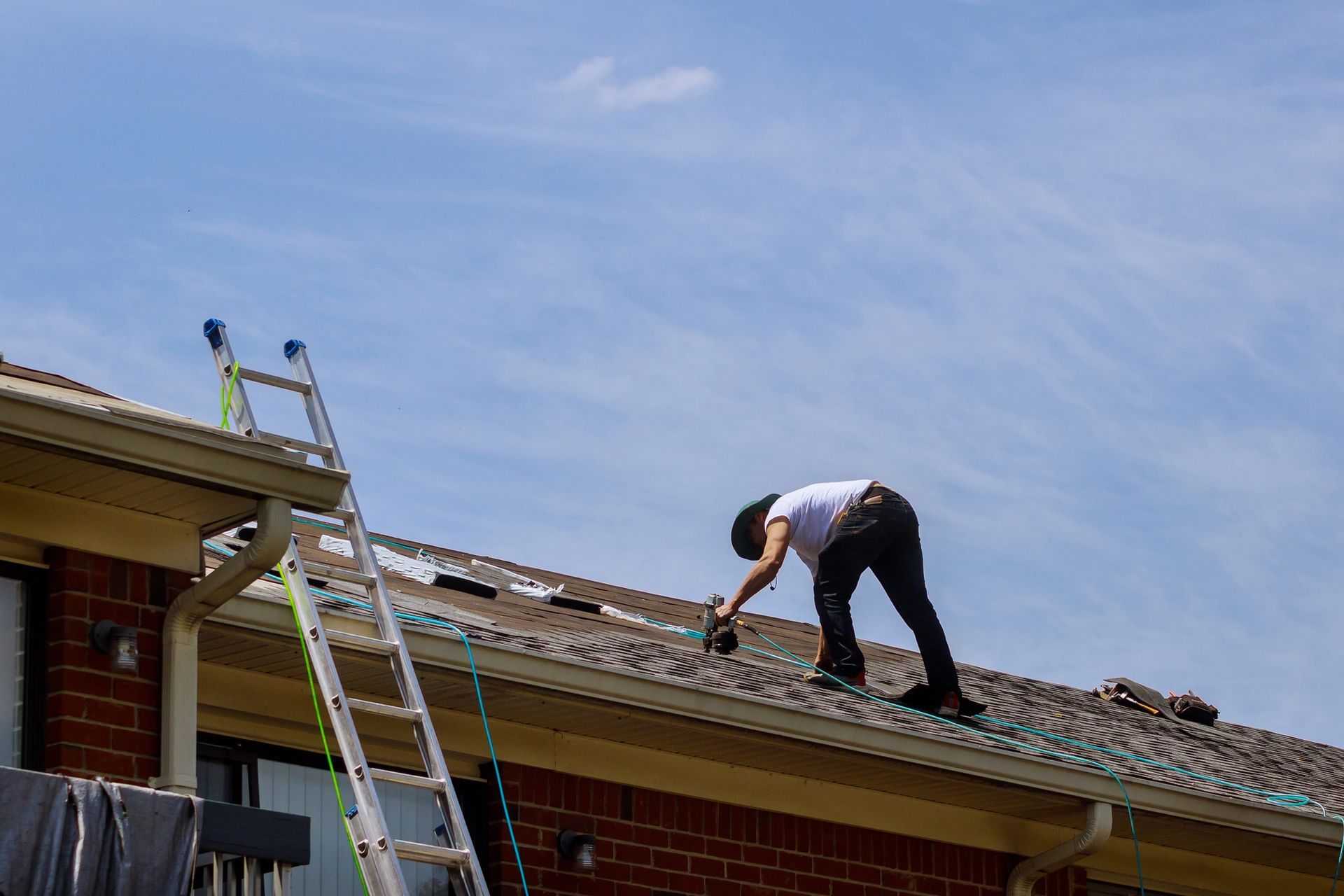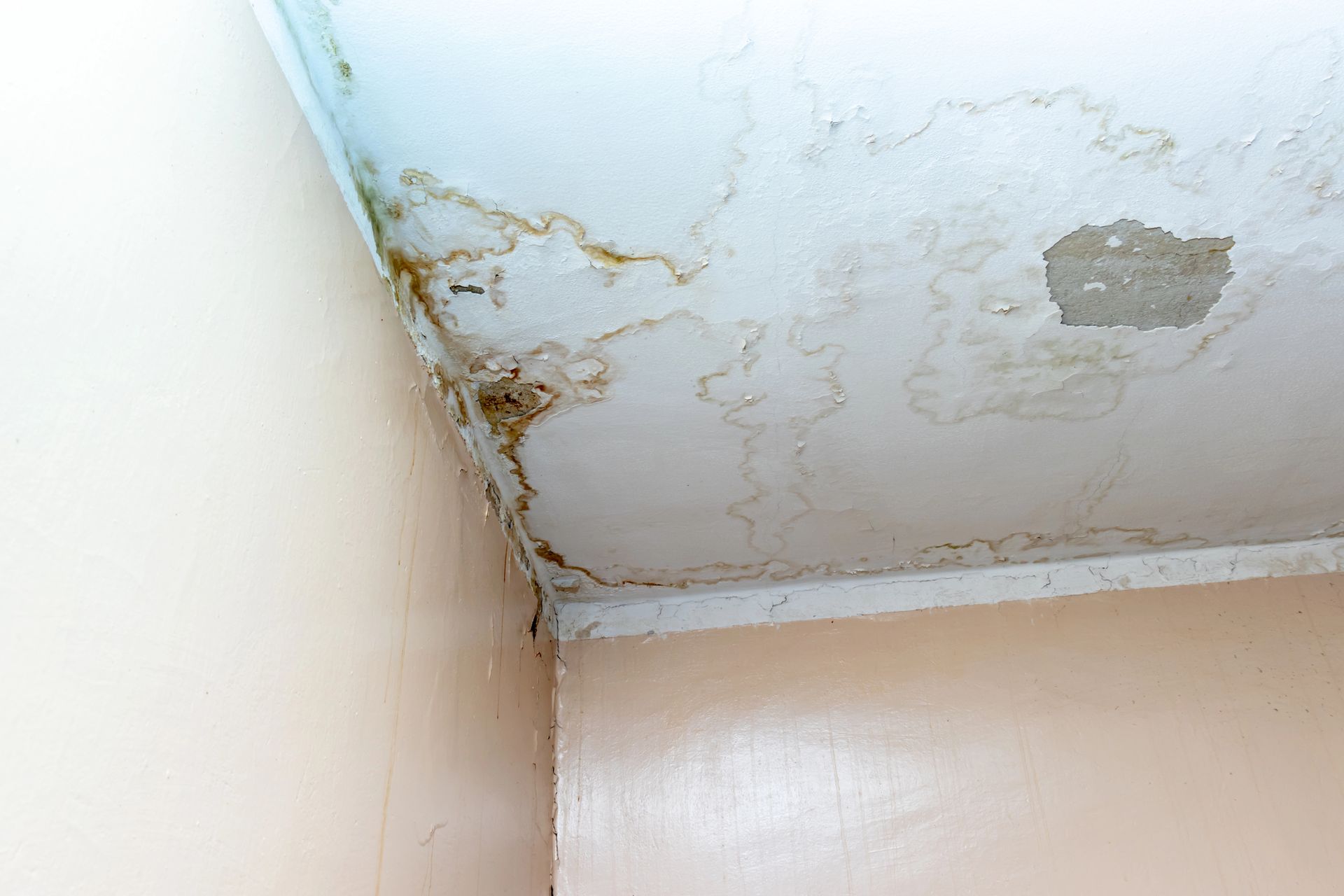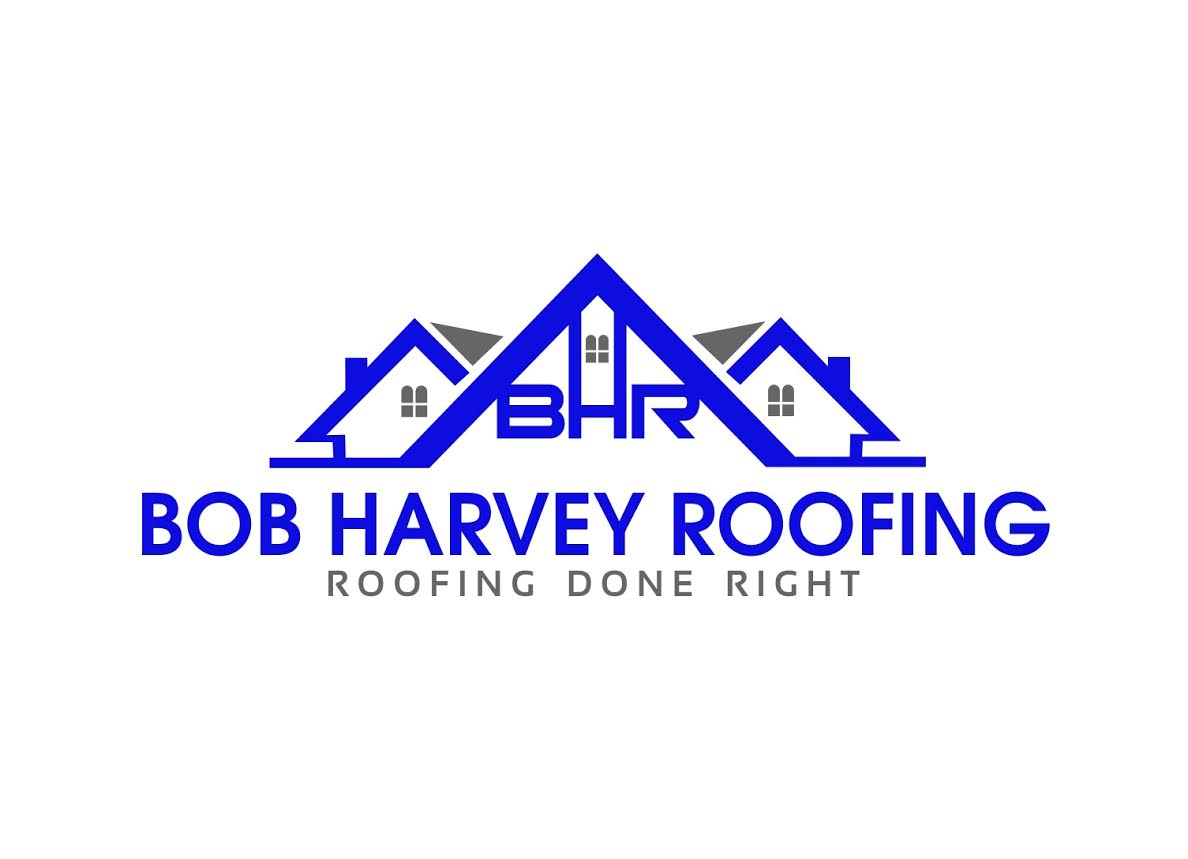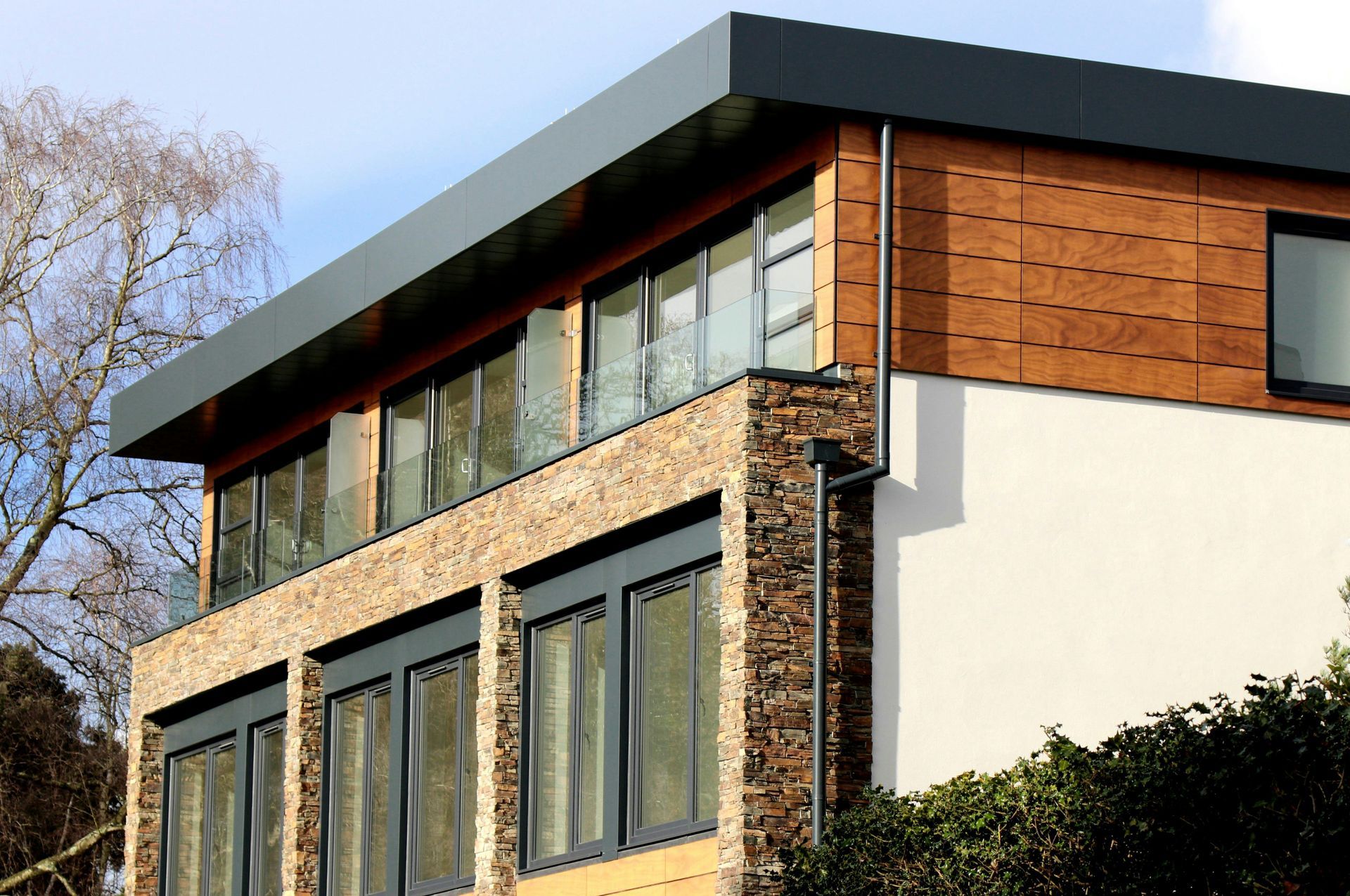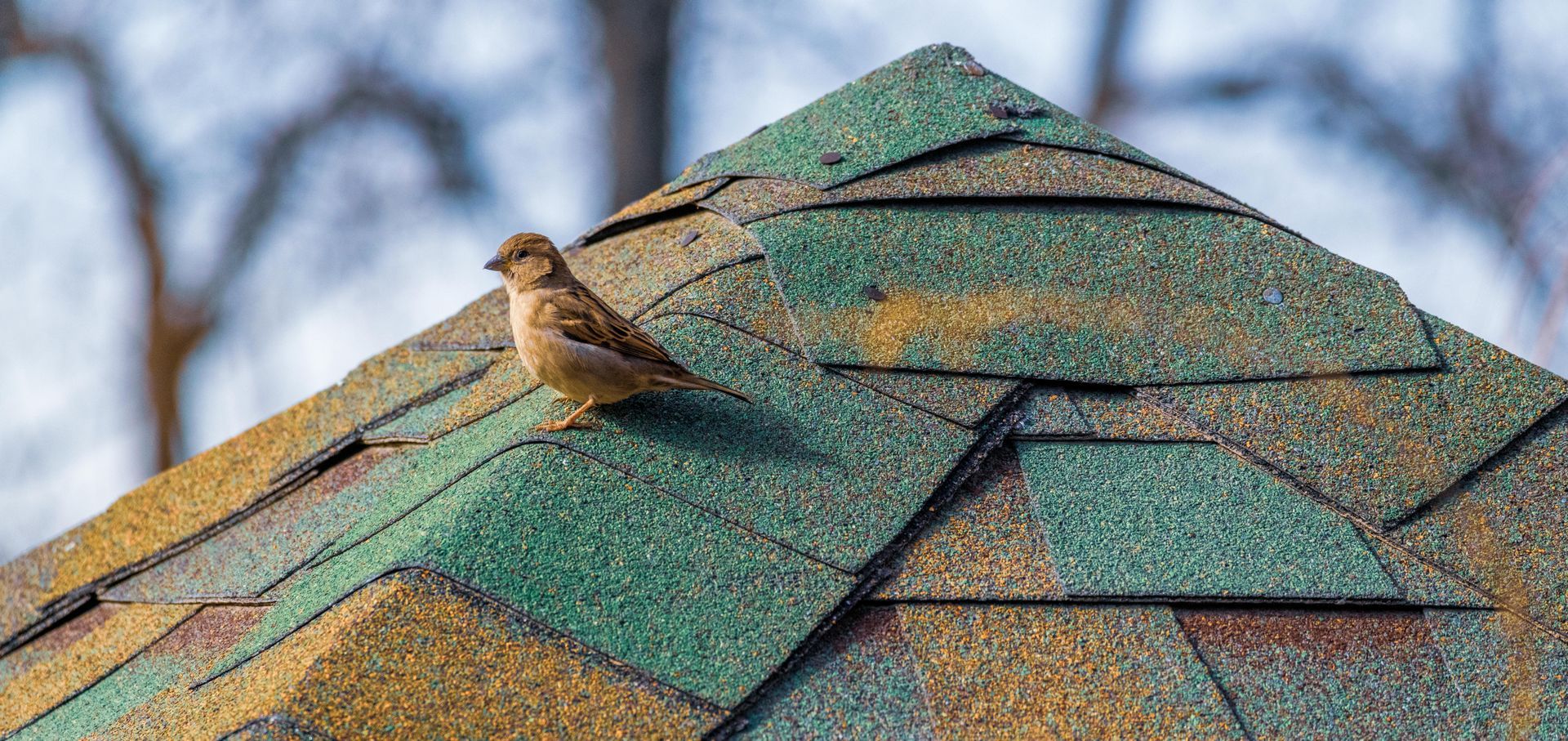
Why Roofs in Roy, Utah Fail Faster (and What to Do About it)
Michael Naylor • July 1, 2025
Make Your Roy, Utah Roof Last Longer
If you live in Roy, Utah, your roof is under constant attack—from pounding snow in winter to scorching sun in summer. And if you’ve noticed shingles curling, granules piling up in the gutters, or water stains creeping across your ceiling, you're not alone. Many Roy homeowners find themselves facing roof failure years before the expected lifespan is up.
So, what’s going on?
The answer lies in a mix of harsh weather, high elevation, and overlooked maintenance. In this article, we’ll break down exactly why roofs in Roy tend to wear out faster than the national average—and more importantly, how you can prevent that costly surprise. Whether you’re already dealing with leaks or just trying to protect your investment, we’ll walk you through the warning signs, prevention tips, and the ins and outs of roof replacement in Roy, Utah.
You’ll also learn what local homeowners wish they knew before their first reroof—and how to tell if it’s time to call in the pros.
Because when it comes to your roof, it’s not just about shingles. It’s about peace of mind.
Quick Takeaways
- Roofs in Roy fail faster due to snow, UV rays, and freeze-thaw cycles.
- Ice dams and wind damage are top causes of premature failure.
- Most asphalt roofs last 15–25 years in Roy, shorter than national averages.
- Warning signs include curling shingles, water stains, and missing granules.
- Seasonal maintenance and proper ventilation extend roof life.
- Roof replacement costs range between $9,000 and $15,000.
- Bob Harvey Roofing offers local expertise and free inspections.
Why Roofing in Roy Is Different
Your home’s roof in Roy isn’t just a coat of shingles—it’s a frontline defender against one of the toughest climates in Utah. Understanding exactly why roofs here age faster can help you protect one of your home’s most critical assets.
Extreme Snow Load and Freeze-Thaw Stress
Roy receives around 32 inches of snowfall annually—more than the U.S. average and concentrated over a 4‑month window from November to March. This snow doesn’t just sit; daytime melts and nighttime refreezes create heavy ice dams that can crack shingles and push water under flashing. According to the Insurance Institute for Business & Home Safety (IBHS), ice dams are a leading cause of roof leaks in cold climates—and they can easily be prevented with proper attic insulation, ventilation, and fixed gutters.
Harsh UV Exposure & Dry Heat
Roy boasts approximately 226 sunny days per year, with summer UV indexes peaking at 6. That sun exposure causes shingle granules to break down faster and asphalt to dry out. Coupled with hot summer days reaching over 90°F, this creates a cycle of heating and cooling that weakens shingles and raises risk of cracking—even if the roof looks fine to the untrained eye.
Wind and Temperature Swings
Winters in Roy can swing from daytime highs in the 30s to nighttime lows well below freezing. Even mild winds at 8–11 mph year-round add stress by flexing the roof deck and loosening shingle seals. Over time, this constant expansion and contraction accelerates shingle fatigue.
Why Other Areas Don’t Compare
Contrast that with a more mild climate—like St. George (hot, dry, minimal snow) or Salt Lake City (less elevation, more humidity)—and you'll see why Roy’s combination of snow, sun, wind, and temperature shifts forms a unique roof degradation “perfect storm.” Most roofing guides gloss over these variables, but here, we reckon with them.
Top Reasons Roofs Fail Faster in Roy, Utah
Heavy Snow Loads and Ice Dams
Heavy snowfall combined with freeze-thaw cycles can cause ice dams, which damage shingles and allow water infiltration. A notable example is the 2023 Roy commercial building collapse, where accumulated snow led to structural failure. Keeping gutters clear and ensuring proper attic insulation can reduce this risk.
High Winds and Hail Damage
Strong winds can lift and tear shingles, while hail causes dents and cracks, shortening roof life. Insurance claims related to wind damage are common in Roy, making it important to use wind-rated materials certified for up to 130 mph winds.
Poor Installation or Cheap Materials
Cheap builder-grade shingles or unlicensed installers often neglect ventilation and flashing, leading to premature failure. Homeowners should seek contractors experienced with Roy’s climate to maximize their asphalt roof lifespan in Utah.
Lack of Maintenance or Delayed Repairs
Ignoring small leaks or clogged gutters leads to water pooling and rot. Timely inspections and repairs can prevent costly full roof replacements.
Signs It’s Time for Roof Replacement in Roy
Visible Wear & Tear You Shouldn’t Ignore
Look for curling, cracking, granule loss, and missing shingles. These symptoms indicate the protective layer is failing and water damage could follow.
Interior Symptoms of a Failing Roof
Water stains on ceilings, mold in the attic, and unexplained increases in heating or cooling bills often signal hidden roof damage.
How Long Do Asphalt Shingles Last in Utah?
Due to Roy’s weather, asphalt shingle roofs typically last 15–25 years, shorter than the national average of 25–30 years. Higher-quality shingles and good ventilation can extend this.
Preventative Steps to Extend Your Roof’s Life
Seasonal Maintenance Checklist for Homeowners
- Fall: Inspect for damaged shingles and clear gutters.
- Winter: Safely remove heavy snow buildup.
- Spring: Check for ice dam damage and leaks.
- Post-Storm: Assess hail or wind damage.
The Importance of Proper Ventilation & Insulation
Good attic ventilation and insulation help regulate temperature and moisture, reducing ice dams and shingle fatigue.
Gutter Care and Drainage Improvements
Keep gutters clean and consider installing heat tape or gutter guards to prevent snow and ice buildup.
Repair or Replace? How to Decide
Key Decision Factors
Consider your roof’s age, extent of damage, and frequency of repairs. If repair costs approach replacement, it’s time for a new roof.
What Roof Replacement Looks Like in Roy
Typical roof replacement takes 2–4 days, includes tear-off, inspection of decking, and installation of new shingles per Weber County codes.
What to Expect During a Roof Replacement
Local Cost Estimates
Roof replacements generally cost between $9,000 and $15,000 in Roy depending on size, materials, and damage.
Does Home Insurance Cover Roof Replacement in Utah?
Storm or hail damage is often covered by insurance. Prompt claims with proper documentation improve chances of approval.
Choosing the Right Roofing Contractor in Roy
Questions to Ask Before You Hire
- Are you licensed and insured?
- Do you offer warranties?
- What roofing brands do you use?
Why Bob Harvey Roofing Is the Local Expert
We specialize in roofing systems designed for Roy’s unique climate, provide free inspections, and use premium materials backed by workmanship guarantees.
Don’t Let Roy’s Weather Catch Your Roof Off Guard
If you own a home in Roy, Utah, your roof faces some of the toughest conditions—snow, sun, and wind all accelerate wear and tear. With proper knowledge and care, you can protect your investment and avoid costly repairs.
We’ve shared why roofs fail early here, warning signs to watch for, and preventative tips that work. When it’s time to replace, trust Bob Harvey Roofing—the local experts who know Roy’s climate inside and out.
Call today to schedule your free roof assessment—before another winter takes its toll. Your future self (and your ceiling) will thank you.
FAQs
- How long do asphalt shingle roofs last in Roy, Utah?
Typically 15–25 years, but local weather can shorten this lifespan.
- What are the signs I need a roof replacement in Roy?
Curling shingles, missing granules, water stains, and attic mold.
- How much does roof replacement cost in Roy?
Between $9,000 and $15,000 depending on size and materials.
- Can I replace my roof in winter?
Yes, with cold-weather roofing techniques and materials.
- Will insurance cover roof replacement after hail?
Often yes, if damage is documented and claims filed promptly.
References
- NOAA/NWS – Roy, Utah Climate Data: Wind, Snow, and UV Patterns
https://www.weather.gov/ - Insurance Institute for Business & Home Safety (IBHS) – Ice Dam Prevention & FORTIFIED Roofing Standards
https://ibhs.org/fortified/ - Utah State Building Code (2021) – Roof Replacement and Insulation Guidelines
https://www.utah.gov/bldcodes/ - WillyWeather – Roy, Utah Maximum UV Index Tracking
https://willyweather.com/ - Bob Harvey Roofing – Commercial and Residential Roofing in Roy, Utah
https://www.bobharveyroofing.com/locations/roy-utah - Bob Harvey Roofing – Choosing Roofing Materials: How Weather Affects Your Roof
https://www.bobharveyroofing.com/blog/weather-and-roofing - Bob Harvey Roofing – Residential and Commercial Asphalt Shingles
https://www.bobharveyroofing.com/services/asphalt-shingles - Bob Harvey Roofing – How Much Does it Cost to Replace Your Roof in Utah?
https://www.bobharveyroofing.com/blog/roof-replacement-cost-utah - Bob Harvey Roofing – Architectural Shingles: Best for Utah Homes
https://www.bobharveyroofing.com/blog/architectural-shingles-utah







